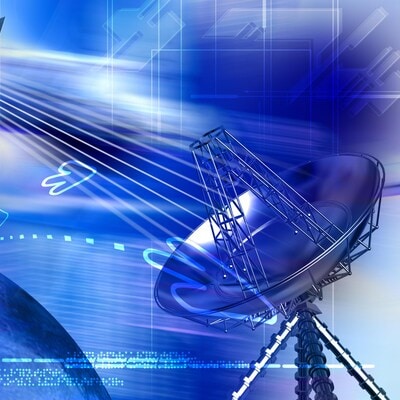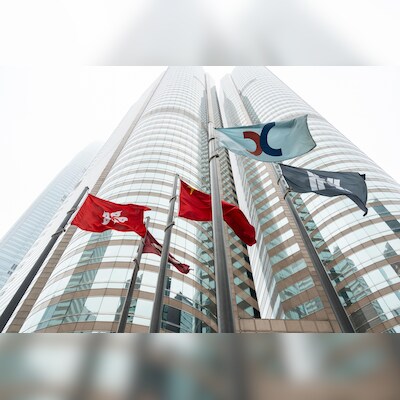India’s Development Partnership: Expanding Vistas
Author: Nutan Kapoor Mahawar & Dhrubjyoti Bhattarjee
Click here to connect with us on WhatsApp
Publisher: KW Publishers
Pages: 384
Price: Rs 1,580
It is axiomatic in international diplomacy that foreign aid is not a philanthropic or altruistic instrument. It is, in fact, considered an instrument of foreign policy and a country’s external engagement. Every country capable of extending foreign aid has combined this ability with its foreign policy goals and strategic objectives. Developed countries such as the USA have used foreign aid as a tool to redirect spending on military equipment for security purposes. For example, the US negotiated the Public Law 480 agreement (also known as the Food for Peace Act) to extend foreign assistance to poor countries in an attempt to dissuade those countries from accepting help from its Cold War adversaries. President Lyndon B Johnson used the PL-480 as leverage to secure support for US foreign policy goals, even placing famine aid to India on a limited basis until he received assurances that the Indian government would temper criticism of US policy on Vietnam.
The edited volume under review, consisting of proceedings of a seminar on India’s development assistance, analyses India’s development assistance in various countries, particularly the immediate and extended neighbourhood. It is noteworthy that India is still a developing economy aspiring to be a developed economy. In spite of this, India extends developmental assistance to needy countries, particularly in Asia and Africa. India’s aid diplomacy is carried out through two broad omnibus architectures —“Development Cooperation” and “Economic Diplomacy”.
The Development Partnership Administration (DPA) was created in January 2012 to handle India’s aid projects from conception and launch to execution and completion. Various chapters in the book written by scholars and diplomats with domain expertise and hands-on experience offer comprehensive accounts of facets of India’s development assistance through partnerships, lines of credit and the Indian Technical and Economic Cooperation (ITEC) programme under the ministry of external affairs, leveraging India’s know-how and connecting the dots in terms of addressing local needs rather than superimposing an Indian template suited to New Delhi’s strategic aims only.
All the chapters in the book are quite useful but some merit mention. The chapter on Afghanistan titled “India’s Soft Power Diplomacy in Afghanistan: Need for a Policy Rethink?” by Shanthie Mariet D’Souza is insightful. It is a different matter that India has not recognised the Taliban regime in Afghanistan, which regained control in 2021. But before the Taliban’s reinstatement, India had robust economic engagement in Afghanistan in spite of security challenges.
The principal focus of India’s development assistance in Afghanistan has been capacity development of Afghan nationals and institutions. India built the majestic Parliament building in Afghanistan, as well as the Salma Dam, which was renamed the India-Afghanistan Friendship Dam. Besides, India also built the Shahtoot Dam, which provides water to Kabul’s residents. India embarked on high impact community development projects in all 34 provinces of Afghanistan. Through the Indian Council of Cultural Relations (ICCR), India extends a large number of scholarships to Afghan nationals to study in India. So far, India has offered more than 1,000 scholarships to Afghan nationals.
In other essays, such as those by Nihar R Nayak, Biswajit Nag, Medha Bisht and Angshuman Choudhury, we get an idea of other aspects of India’s aid engagement with immediate neighbours. For instance, India provides a number of ICCR and ITEC scholarships to Bhutanese nationals. India has also built the Paro airport. A major India supported project is the Kaladan Multi Modal Transit Transport project, aimed at connecting the India-Myanmar-Thailand Trilateral Highway. Once completed, the Trilateral Highway will provide seamless connectivity for the north-eastern states of India with Myanmar, Thailand and other Asean countries. India has also funded the Myanmar Institute of Information Technology at Mandalay and the Advanced Centre for Agriculture and Education at Naypyidaw. The political slugfest in Nepal and China’s chequebook diplomacy has somewhat hampered India’s engagement in Nepal. In spite of this, India is developing rail connectivity in the landlocked country.
A state-of-the-art Cultural Centre has been constructed at Jaffna under the India-Sri Lanka Development Partnership. India’s development assistance towards the island neighbour has been people centric. For example, a housing project involving 50,000 houses for resettlement of internally displaced persons is progressing well. The construction and repair of 46,000 houses under an owner-driven process for internally displaced persons in Northern and Eastern provinces has been completed.
A comparison of Indian and African developmental assistance is best captured by the African proverb, “If you give a man a fish, you feed him for a day; If you teach a man how to fish, you feed him for a lifetime”. This is how one can distinguish between the nature of Chinese and Indian aid. The predatory and mercantilist nature of China’s developmental aid; and its hidden agenda in its flagship programme “One Belt, one Road” is now laid bare in Sri Lanka, Bangladesh, Africa and elsewhere —so much so that Italy has withdrawn from it.
The takeaways from the volume are succinctly surmised by the editors in the introduction, underlining the need to broaden the scope of development partnerships beyond a government-to-government approach to include the private sector and civil society, and to strengthen the interface between civil society and local communities for better reach and sustainable growth.
The reviewer is a former senior fellow of the Indian Council of Social Science Research and Manohar Parrikar Institute for Defence Studies and Analyses. These views are personal
First Published: Oct 02 2024 | 11:53 PM IST















Leave a Reply